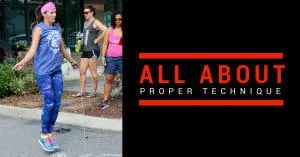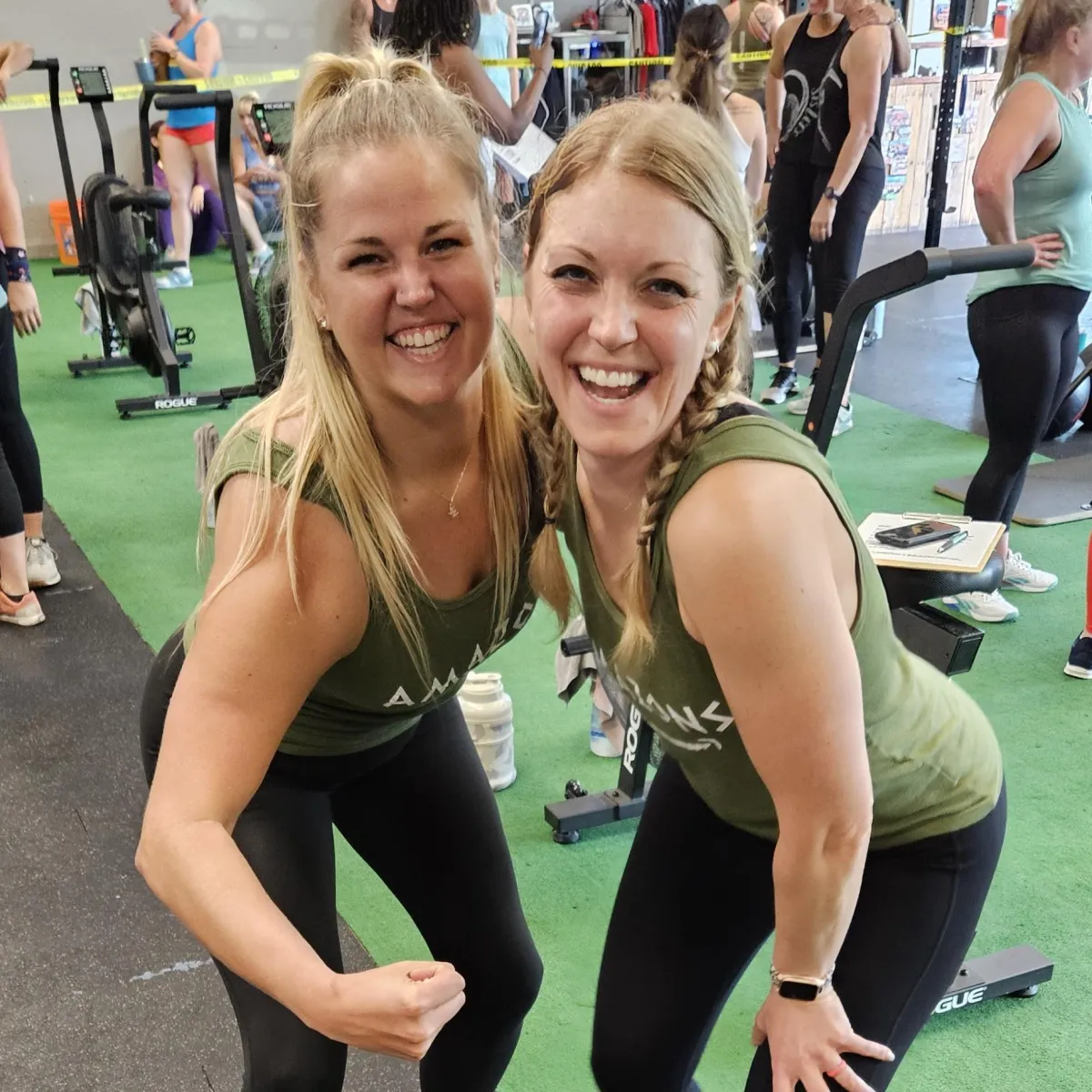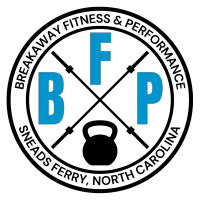WEIGHT LOSS & FITNESS BLOG

Jumping Rope: Technique
How many of you reading this know how to jump rope or use it in your training regime? Well, if you said yes, Great! If you said no, then I highly recommend learning and adding it into your training. As a kid, jumping rope was an activity I did to have fun! I remember during recess in grade school, my friends and I would grab our jump ropes and go play. We challenged each other to see how many consecutive jumps we could get or make up a crazy routine. To this day it is still fun, just in a different way. Well, jumping rope is not just for the playground, it can be a beneficial tool for plyometric training and conditioning. Once the skill is learned, the options are endless! I am here to give you some tips on how to improve your jump rope skills and fix some common mistakes.
First off, I get a lot of people who either have never used a jump rope or it has been years since they have last used one. Human nature tells us to quit doing something we’re not good at, so I see people get frustrated and want to give up. Guess what, it’s okay to be frustrated! Everyone will make mistakes when learning, whether it’s having the rope catch you on the foot or whack you in the back of the head a million times. Jumping rope is a “self limiting” exercise, which means that poor technique will limit the person from succeeding, thus turning the jump rope into somewhat of a “coach.” The jump rope will force you to work on technique and over time, it will get better!
HERE ARE SOME COMMON MISTAKES I SEE WHEN COACHING SOMEONE TO JUMP ROPE.
Heels are pounding the ground, heavy feet
Feet are kicking back
Collapsing at the trunk
Hands moving behind the body
Head is not stable
These are mistakes that are easy to fix because they refer to body position, while jumping. Just being aware of them will help set you up to succeed.
HERE ARE A FEW COACHING CUES I GIVE WHEN CORRECTING SOMEONE, WITH REGARD TO BODY POSITION.
Imagine bouncing off the balls of the feet, stay light
Keep the body in a straight line, while jumping
Stay relaxed when in the air and tight when you hit the ground
Keep hands in front of your body
Keep your head relaxed and still
As coaches, we want to make sure body position is taught first and then we can add in the jump rope.
The next learning curve is the timing of the jump. This is where I see the frustration come out because this can be the most time consuming part. I usually have the individual start off slow, working on single-under (which is the rope making one full pass around the body). I want the individual to focus on seeing the rope cross in front of the body and then jump. Over time, this process will speed up to where it becomes second nature.
I’ve coached people where it only takes one session to learn or it may take a month. The key takeaway is to be patient and continue to practice. Once the skill is developed, now we can focus on the benefits to jumping rope and implementing it into a training session or program. I will follow up my next blog as to how I implement it into our athlete and adult programming. Stay tuned!
Strength Coach,
Silas Perreault


Are you Ready to become
sTRONG - FIT - cONFIDENT?
Click the Button To Start Your Journey Today!!


